
Cat vomiting can be a too-frequent occurrence. Most of the time, your cat vomits out a hairball or throws up because it ate too fast. But if your cat is throwing up white foam, it usually means vomiting on an empty stomach. One single episode of vomiting usually isn't serious, but if your cat is vomiting frequently, that's a sign that something is wrong.
Here are some common reasons why your cat is throwing up white foam, as well as ways to help your cat feel better.
Common reasons for cats to vomit white foam or thick, white liquid include inflammation or irritation in the digestive system, ingestion of a foreign body such as string, internal parasites, bacterial or viral infections, systemic diseases such as kidney or thyroid issues, or food intolerance or allergy.
Just like in people, a cat's stomach produces various gastric juices as well as hydrochloric acid to digest their food. If, however, a cat skips a meal for some reason, or if they aren't fed on time, that build-up of juice and acid can irritate the stomach and cause your cat to vomit. Cats with indigestion may vomit yellow foam in addition to white foam. If you and your vet suspect your cat's vomiting is from indigestion, your vet may suggest feeding small, frequent meals at the same time throughout the day so as to alleviate any build-up of stomach acid.
All cats lick to groom themselves and they inevitably will ingest fur while doing so. They may pass the fur in their stool, but sometimes the fur builds up and cannot be passed. When this happens, the fur needs to go somewhere, and your cat will vomit it up. If your cat is vomiting white foam but not yet any fur, it might be a precursor to a hairball. To prevent hairballs, there are over-the-counter dietary supplements in chew and gel forms. Adopting a regular brushing schedule can also help get rid of any loose fur in your cat's coat that they may otherwise ingest when grooming themselves.
If your cat is one to get into things they shouldn't, it is possible that they have irritated their stomach with something that they have eaten. When this happens, you may see vomiting white foam in addition to vomiting blood and/or bile (may be yellow or brown liquid). Your cat may also be exhibiting a decrease in appetite, a depressed attitude, lethargy, or dehydration. Your vet will know just what to do if your cat is vomiting because of gastritis.
Irritable bowel syndrome, sometimes called inflammatory bowel disease, is one of the most common causes of vomiting in cats. Cats that suffer from IBS can also experience diarrhea and/or chronic decompensation. If your vet suspects IBS they will want to run lab work to confirm the diagnosis and then set up a treatment plan to help alleviate your cat's symptoms.
The major symptoms of diabetes in cats, just as in dogs and people, are increased drinking and urination, as well as weight loss and dehydration. If your cat is suddenly showing an increase in drinking and urinating, either in combination with any of the other listed symptoms or without, don't delay making an appointment to get your cat seen by your vet. Depending on the severity of your cat's diabetes, your vet may want to start insulin therapy or a simple diet change.
Cats can suffer from pancreatitis just like dogs and people, and it can be either acute or chronic. Pancreatitis can occur with other diseases, such as gastrointestinal disease, liver disease, and/or diabetes. In addition to vomiting, signs of cats suffering from pancreatitis may include lethargy, loss of appetite, dehydration, weight loss, low body temperature, jaundice, fever, and abdominal pain. If pancreatitis is the reason for your cat's vomiting your vet will likely want to start treating with fluid therapy and medications.
Cats suffering from liver disease can show a variety of nonspecific symptoms, such as vomiting, lack of appetite, or weight loss, as well as more severe symptoms like jaundice, or yellowing of the skin and sclera (whites of the eyes). Liver disease is not curable but the symptoms can be managed. Your vet will create a treatment plan for your cat so that they can start feeling better.
Chronic kidney disease (CKD) is a very common disease of senior cats. Other symptoms of CKD include a considerable increase in drinking, a change in urine output, a loss of appetite, dehydration, a dull mood, a poor fur coat, and weakness. Similar to liver disease, kidney disease cannot be cured but the symptoms can be managed. If your senior cat starts showing any urinary signs have your cat seen by your vet. If they diagnose your cat with CKD they can talk to you about supportive care, both at home and in hospital, to help your cat cope with his/her renal insufficiency.
An overactive thyroid is another very common disease of senior cats. Symptoms, in addition to vomiting, can include weight loss despite an increase in eating and drinking, diarrhea, increased urination, and excessive vocalizations. If your senior cat is showing any of these symptoms your vet will want to run bloodwork to check their thyroid hormone levels. If your cat has hyperthyroidism, your vet will talk to you about daily medication or radioiodine therapy to help treat the symptoms of this disease.
Vomiting, especially when in conjunction with diarrhea in a young kitten that hasn't been routinely dewormed, can be a sign of unchecked parasitic infection. However, any cat can get parasites. Checking a stool sample and prescribing the appropriate dewormer can quickly correct this.
If you're struggling with a pukey cat at home, don't resign yourself to the common myth that it's normal for a cat to vomit on a semi-regular basis. Schedule an appointment with your veterinarian to help get to the bottom of why your cat is vomiting and your cat (and your floors) will thank you.
Your cat may appear perfectly fine after an episode of vomiting, but contact the vet if your cat continues to vomit for a day or more. If your cat shows signs of illness, such as lethargy, refusal to eat, diarrhea, or acting "off," or if your cat vomits frequently, it's time to give your veterinarian a call. The vet can help you figure out what is ailing your cat and how to help bring your pet relief.
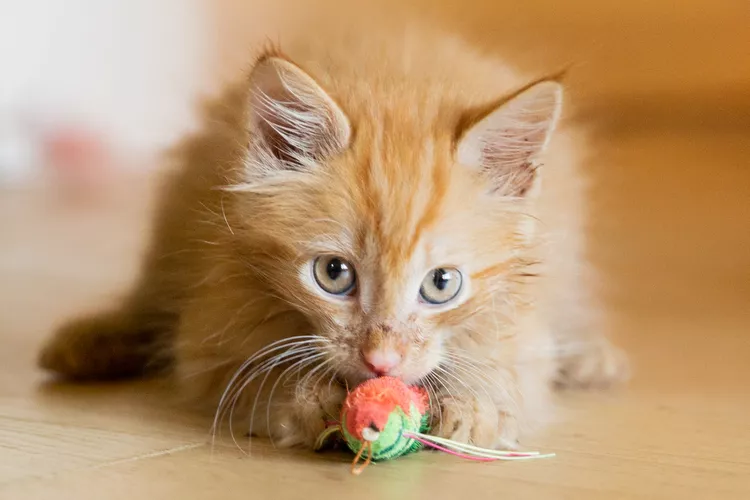
How to Keep Your Kitten Safe While Playing
While letting your kitten play and explore is important to its mental development, you need to make sure that what it's playing with is safe.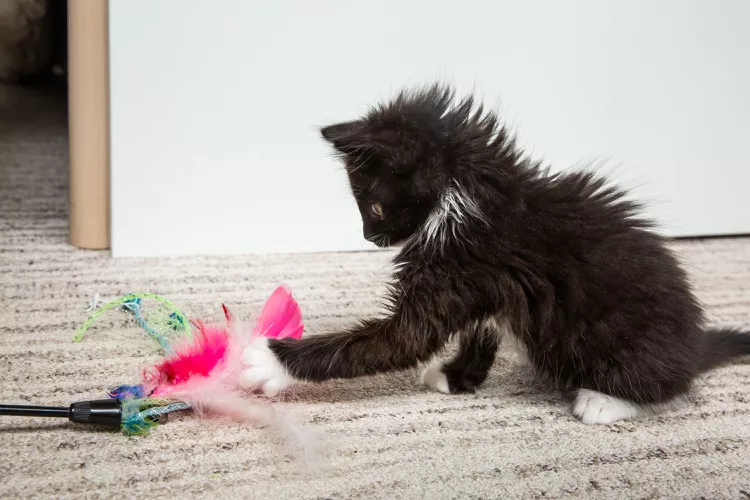
Kitten Development From 6 to 12 Weeks
Learn how kittens develop during the first 6 to 12 weeks and what signs of development you need to look out for with these tips.
5 Common Foods In Your Pantry That Are Not Safe For Your Pets
One potato chip is not going to hurt your pet, but there are other foods that can. Learn which to avoid and some safe foods that can be used as treats.
Fleas in Dogs
If a dog scratches, does that mean it has fleas? These biting bugs are no fun for dogs or their owners. Learn the causes, treatment, and prevention.
Can Dogs Eat Papaya? What to Know About Sharing This Tropical Fruit With Your Pup
Papaya is safe for dogs in moderation, and it can even provide some nutritional value for them. However, too much can cause digestive upset, and it's not suitable to share with dogs with certain health conditions.
Can Dogs Eat Parmesan Cheese?
It's no secret that dogs love cheese, but what kinds of cheese should you avoid? Is Parmesan cheese a good option to treat your pup to?
10 Cat Breeds That Have Blue-Colored Coats
Blue cat breeds have a uniquely colored coat that makes them stand out. The eye-catching blue coat often appears light to dark grey.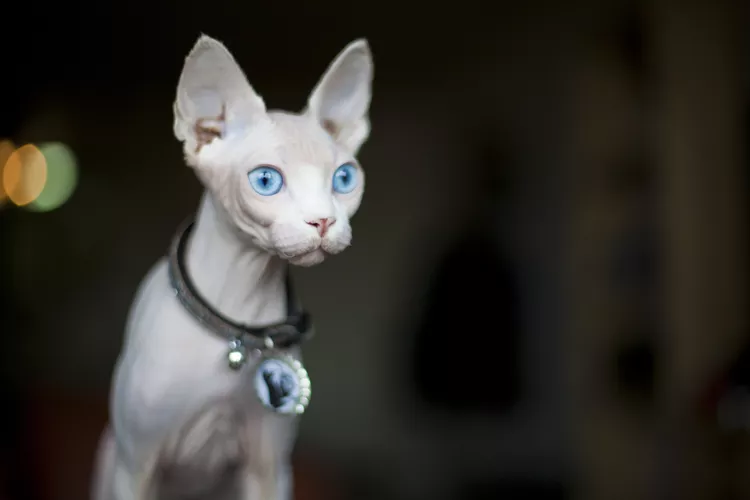
Sphynx: Cat Breed Profile, Characteristics & Care
The sphynx cat is a hairless cat breed known for their playful and affectionate nature. These cats do have special needs. Learn about the sphynx cat breed’s appearance, temperament, health, and care.
Border Collie: Dog Breed Characteristics & Care
Learn about the border collie, a popular herding breed. They're a smart and energetic dog that's also a great companion to the right pet parent.
Beagle: Dog Breed Characteristics & Care
Learn about the beagle, one of the most popular dog breeds in the world. They are known for being a cheerful, comical, loud, and energetic family dog.
How to Grow and Care for Living Stones
Find out how to grow living stones, unique miniature succulents that look like pebbles. This guide covers how to care for living stone plants, including watering them just right to keep them thriving.
How to Grow and Care for a Money Tree Indoors
Money trees make beautiful, easy-care houseplants. Use this guide to grow a money tree indoors.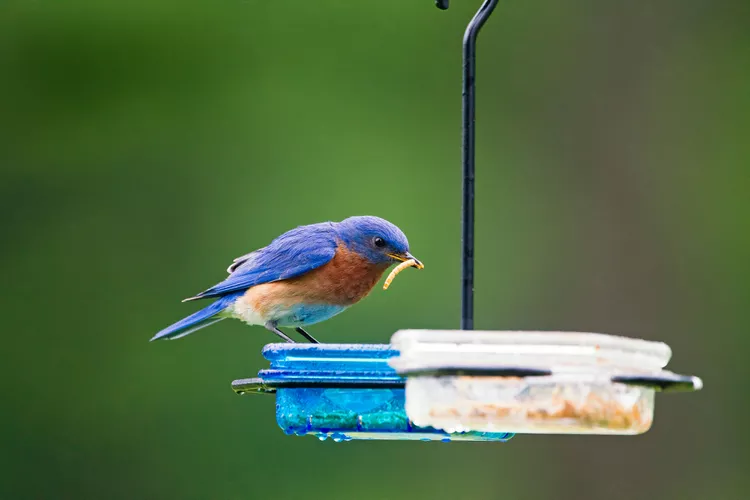
How to Attract Bluebirds to Your Yard: 11 Must-Know Tips
These tips on how to attract bluebirds will help you create a welcoming habitat. Discover the best types of foods, birdhouses, water sources, and more for attracting bluebirds.
How to Propagate Clematis from Cuttings and Layering
Learn how to propagate clematis successfully with this step-by-step guide on two different techniques.
How to Plant and Grow Black Chokeberry
Learn how to use and care for this low-maintenance native shrub, including planting tips and the best types of black chokeberry to grow.
This Low-Water Garden Plan Will Look Vibrant Through Droughts
This low-water garden plan will keep your plants vibrant all throughout the hot, humid summer.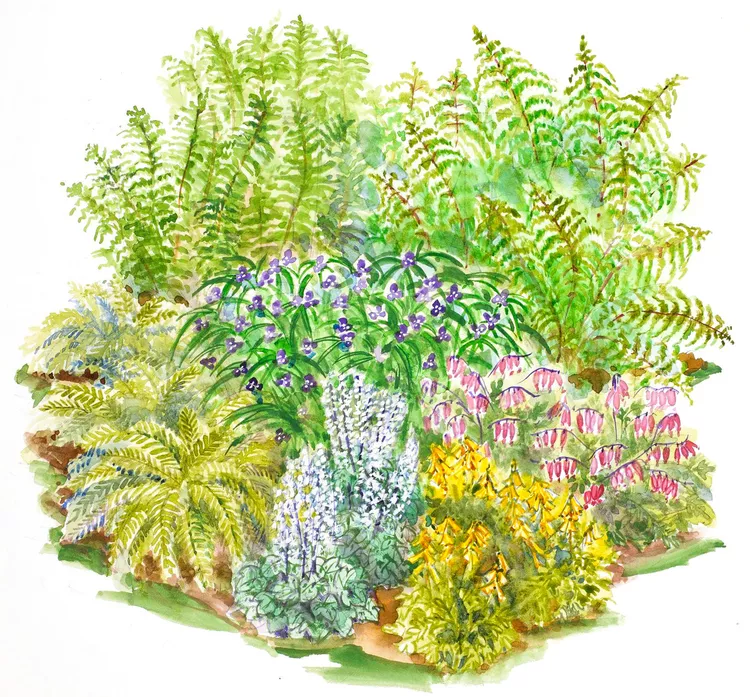
This Woodland Garden Design Overflows with Shade-Loving Plants
Easy-care native ferns add luxurious foliage from spring to fall. Other shade-loving perennials complement the soft textures with colorful blooms.
11 Essential Tips for Growing Vegetables from Seed for Beginners
These beginner-friendly tips on growing vegetables from seed will help you successfully kick off your edible garden in spring.
Should You Use Shredded Rubber Mulch in Your Garden?
Rubber mulch is widely touted as a game changer in landscaping, but does it live up to the hype? Find out the pros and cons of using rubber mulch.
How to Plant and Grow Cattail
Learn to care for this easy-growing aquatic plant, including tips for pruning, propagating, and planting.